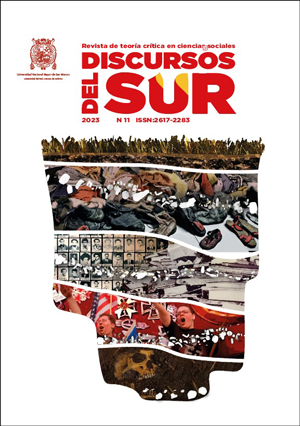Archaeology and places of memories in the Peruvian Andes: a diachronic vision from architecture
DOI:
https://doi.org/10.15381/dds.n11.25863Keywords:
places of memory, ancestry, rituality, architectures, landscapes and symbolsAbstract
Here we explore the pathways and views conceived about the places of memories in the Peruvian Andes, where different social groups materialized feelings, knowledge, and temporal urgencies through ritual actions, spatial organizations and symbols in the recreated landscape. The sacredness of the spaces take on a particular dimension in the paths and transformations since precolonial times, where ancestry and the words, concepts, and thought systems acquire renew validity until present times. This is a diachronic analysis of the spatial experiences that took place and are held in buildings, settlements, and territories on the basis of specific and relevant cases. We argue that architecture, from its different fields – spatial, temporal and social –, articulate configurations, images, and experiences that constitute the foundations for creating complex spaces of memory, in sync with everyday life, subalternity, and otherness.
Downloads
Published
Issue
Section
License
Copyright (c) 2023 Miguel Guzmán Juárez

This work is licensed under a Creative Commons Attribution 4.0 International License.
THE AUTHORS RETAIN THEIR RIGHTS:
(a) The authors retain their trademark and patent rights, and also on any process or procedure described in the article.
(b) The authors retain the right to share, copy, distribute, execute and publicly communicate the article published in Discursos Del Sur (in example, depositing the article in an institutional repository or publish it in a book), with recognition of its initial publication in the Discursos Del Sur.
(c) The authors retain the right to make a later publication of their work, to use the article or any part of it (for example: a compilation of their works, notes for conferences, thesis, or for a book), provided that they indicate the source of publication (authors of the work, magazine, volume, number and date).






